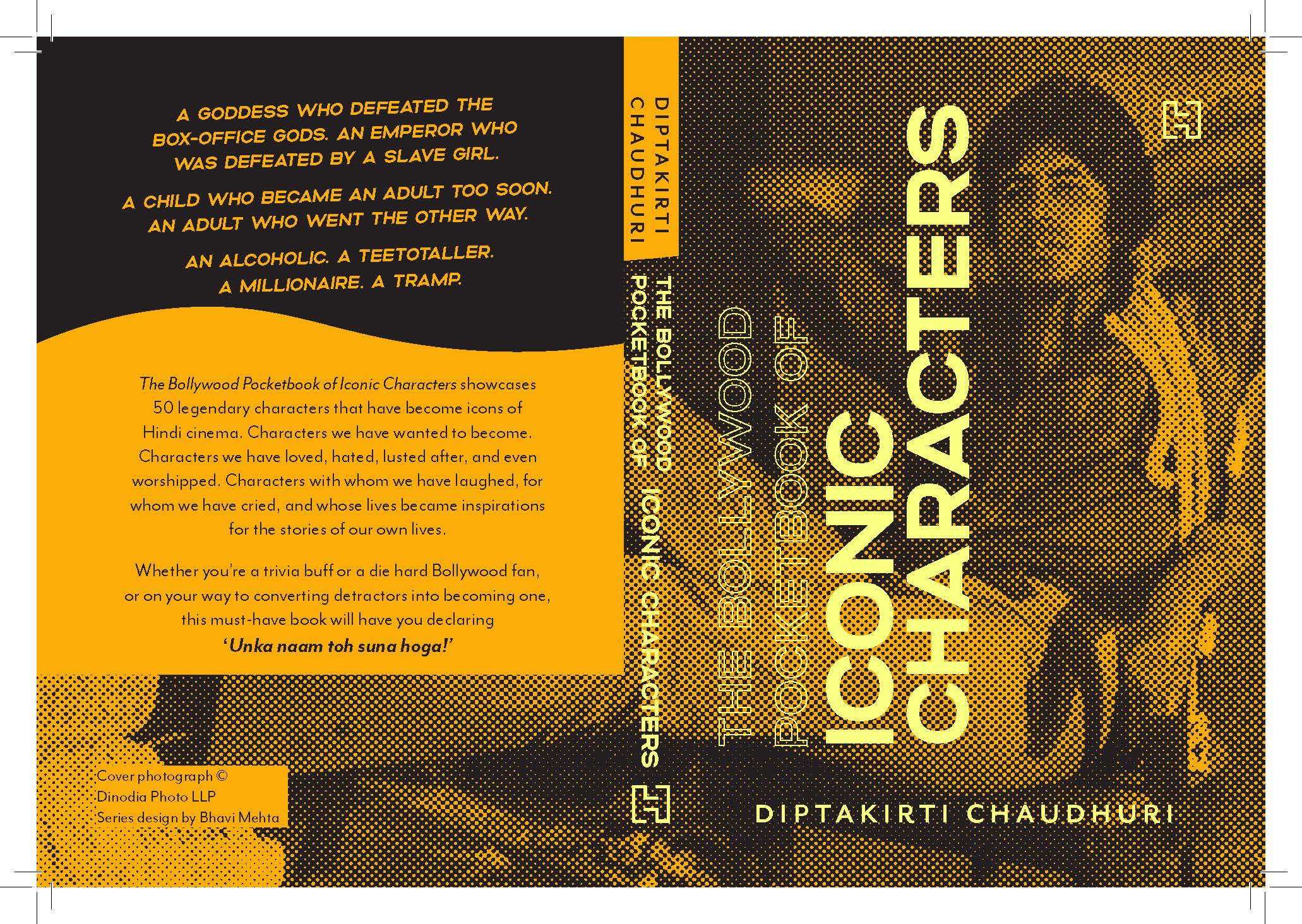What the
hell is this set of books now?
Taking off from popular childhood game of Name Place
Animal Thing, this is a set of four (pocket)books on 50 each of Bollywood’s
most iconic:
- Dates
- Places
- Characters
- Things
The idea was to create a quasi-chronological snapshot of
Hindi cinema, trends that we love but may not always remember exactly how they
started or what exactly happened. E.g. the saga of Raj Kapoor’s success as a
filmmaker has many chapters that started with him meeting Nargis (on a certain
Date), creating (the Character of) Raju the tramp, finding success in Russia
(on another Date) and building (a landmark Place like) RK Studios.
Amitabh Bachchan signed his first film on a Date, played
the Character of Angry Young Man, tossed a memorable Thing (a coin), and was
reborn on two Dates.
While histories of the industry and biographies of top
players have covered much of this in detail, I felt a pointillistic approach
might allow the reader a new way of seeing connected events, some from
different points of view.
Also, short sketches might interest the casual reader more
– who could look at this set of four books as a primer on the evolution of
Hindi cinema, a collection of stories instead of a history. And they might get
interested to read in detail, say, a biography of – ahem – Salim-Javed.
And how
big are these books?
A pretty
hefty 672 pages, all put together.
But each book
is a slim one... 50 chapters each x 3 pages per chapter with a few more pages for photos,
bibliographies and acknowledgements.
It’s
something you can read in a flight or two (if you’re the adventurous kind) or
over a lazy weekend afternoon (if you’re like me).
How legit are these lists of 50? How did you select
them?
Of course, there will be debates.
No Anand in the Characters? How can you call a website a
Place? Is Ajit that big a deal – that he is in two lists? And really, how do
you know this lunchbox will become/remain iconic?
Well, these are my lists and they have an element of
subjectivity in them. But then, the idea is to have a mix of obvious and
unknown, quirky and straight… I am aiming for a healthy mix of shrugs and
eyerolls!
The idea of this set (and all my other books) is to provoke
chatter. Tell your Bollywood buddy that this complete nincompoop of an author thinks
Ajay Sharma/Vicky Malhotra are a bigger deal than Raj Malhotra. And maybe, just
maybe, this friend might say he agrees with the author. Which would be the cue for
you to watch Baazigar once again.
So how to read them? Is there a reading order?
Not really. Start with whichever one catches your fancy.
Though I’d expect you to read all four at some point of
time. <insert sheepish grin>
How did
this book come about?
Some time
back, I read a book called Rosebud Sleds and Horses’ Heads.
Anyone even half-interested in Hollywood would guess the tagline: 50 of
Film’s Most Evocative Objects. It is a slim volume of approx. 100+ pages
with a short description of the object chosen, why it was chosen and an (abstract)
illustration. I loved the concept. (It was my favourite book of 2014.) And it
probably stayed in the part of my mind, where I think who would play Geeta Dutt
and Meena Kumari in a biopic about Guru Dutt.
A while after that, I used to get amused by the trend of
celebrating movies (#45YearsofSholay, #20YearsofDilChahtaHai) and wondered if
there was a Hindi film for each day of the year. Not only release dates of big
trendsetter movies, but also events that impacted or were impacted by cinema.
E.g. A headline in Times of India in February 2006 became a movie. In July
1947, a producer in his early twenties went to a veteran producer’s house and
met the latter’s daughter.
[I even pitched this idea to
a publisher but putting together 365 momentous events just sounded too unwieldy.]
Both these ideas went to bed with Mera kuch samaan playing
in the background and when they woke up, a box set of Three Classic Films of
Gulzar had come out. Analyses of Aandhi, Angoor and Ijaazat
in three slim volumes, put together in a box. The books were thematically
matched, were designed and written similarly, and looked wonderful in the box.
And all these came together in a proposal that I call DPCT.
Hope you enjoy the books!






Comments